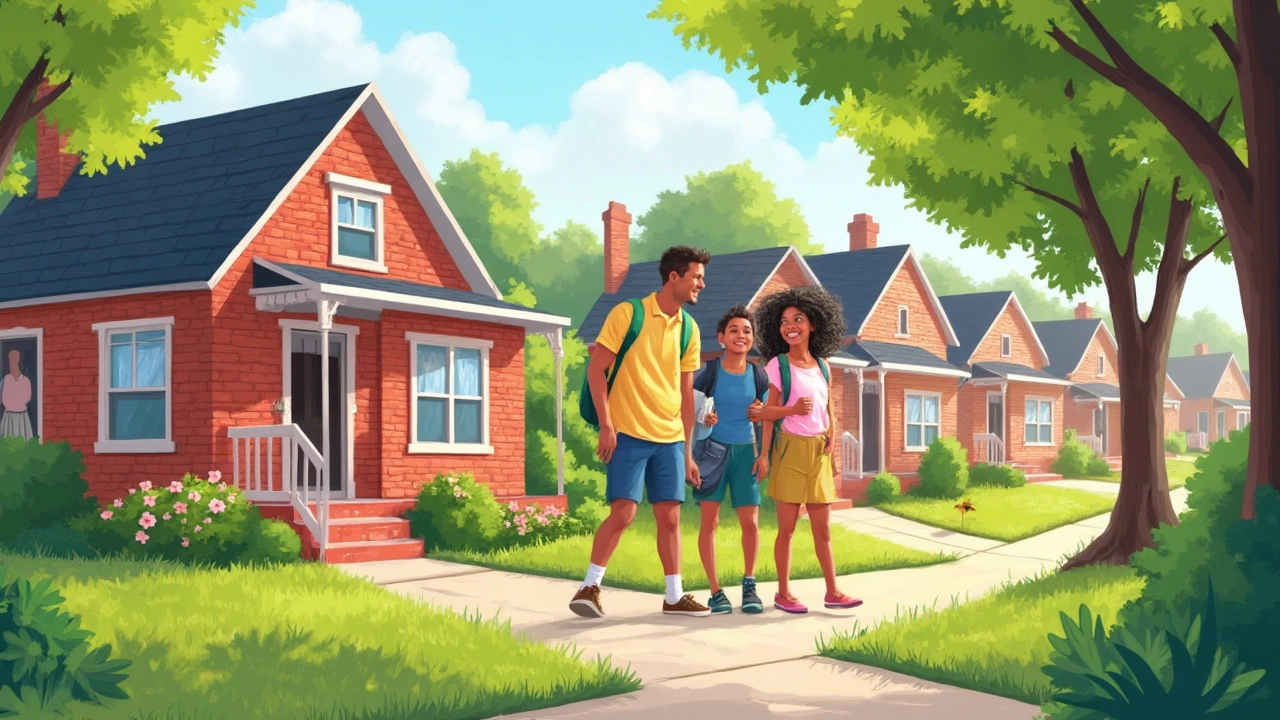First-Time Buyers Virginia: Your Quick‑Start Guide
Buying your first home in Virginia can feel like a maze, but it doesn’t have to be. You just need the right information, a realistic budget, and a plan for the steps ahead. Below you’ll find the basics you need to move from “window‑shopping” to holding the keys.
Understanding Down‑Payment Assistance in Virginia
Virginia offers several programs that can cut the amount you need to put down. The most popular is the Virginia Housing Down Payment Assistance (DPA) loan, which can cover up to 5% of the purchase price. You’ll still need a solid credit score—usually 620 or higher—and a steady income, but the DPA can be combined with a conventional mortgage or a VA loan.
Another option is the Virginia Individual Development Account (VIDA) program. It matches your savings dollar‑for‑dollar, giving you extra cash for the deposit. To qualify, you must meet income limits and complete a home‑buyer education course. These programs are designed to make homeownership possible for people earning less than the area median.
Steps to Secure Your First Mortgage
First, check your credit score. A score above 680 gives you the best rates, but many lenders will work with lower scores if you have a larger down payment or a co‑signer. Use a free credit‑report site, dispute any errors, and pay down high‑balance cards before you apply.
Next, get pre‑approved. A pre‑approval letter shows sellers you’re serious and tells you how much you can borrow. It’s quicker than a full application and helps you shop within your price range. Talk to several lenders—banks, credit unions, and online lenders—to compare rates and fees.
When you find a home you like, make an offer. Your real‑estate agent (or a trusted friend if you’re going solo) will help you decide on a fair price based on recent sales in the neighborhood. If the seller accepts, you’ll move into the underwriting stage, where the lender verifies your income, assets, and the property’s value.
During this time, keep your finances steady. Don’t open new credit cards, change jobs, or make large purchases without talking to your lender first. Any change can delay or even derail the loan.
Finally, close the deal. At the closing, you’ll sign paperwork, pay any remaining fees, and receive the keys. Be prepared for closing costs, which can be 2%–5% of the purchase price. Some DPA programs can cover part of these costs, easing the final financial bump.
Remember, buying a home is a marathon, not a sprint. Take advantage of Virginia’s assistance programs, keep an eye on your credit, and stay organized with your paperwork. With the right steps, you’ll turn that “first‑time buyer” label into a proud homeowner status faster than you think.

Virginia's First-Time Homebuyer Program: A Handy Guide
This article delves into the various aspects of Virginia's first-time homebuyer program, aiming to provide essential information for those stepping into the real estate market for the first time. It includes details on the types of assistance available, eligibility criteria, and practical tips to make the most of these programs. Whether you're a newbie or just need a refresher, this guide will help you navigate the options tailored for Virginians. Learn how to leverage state-specific loans and grants to ease the process of owning your first home.